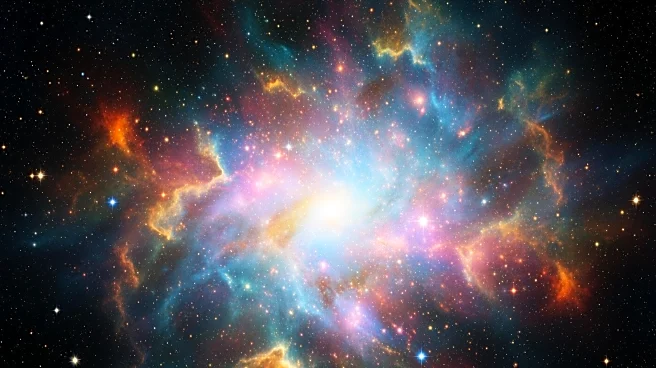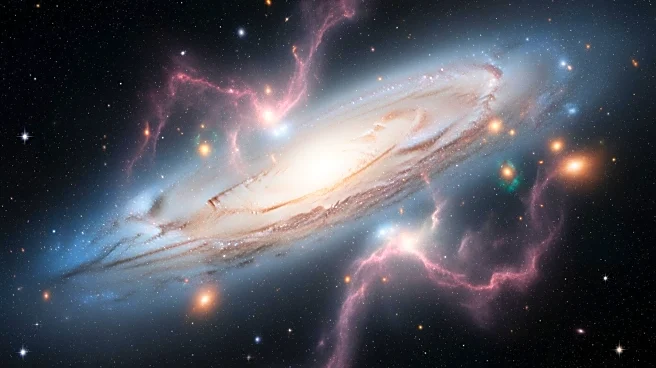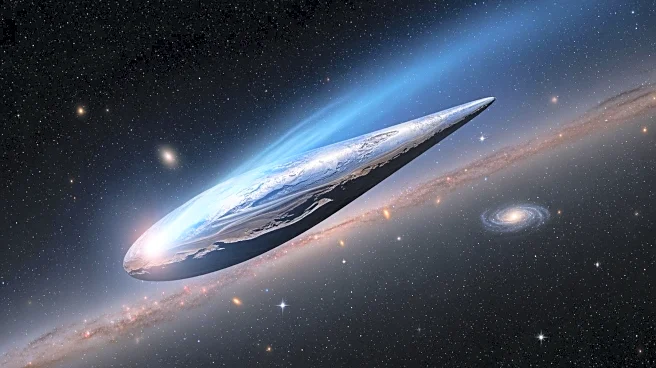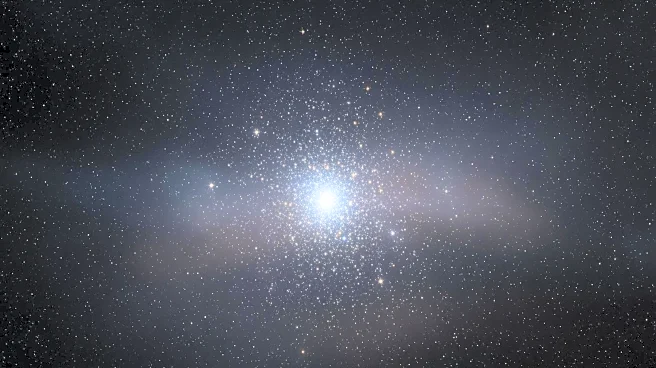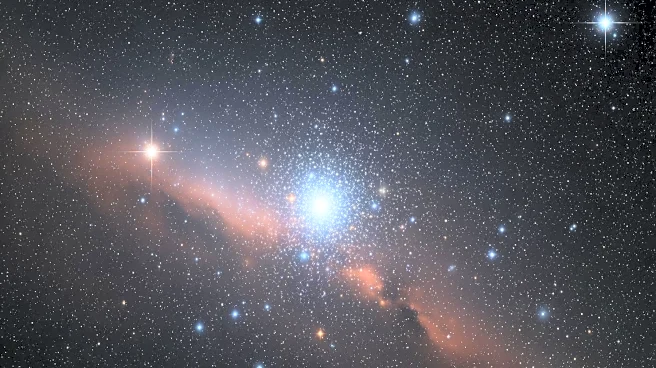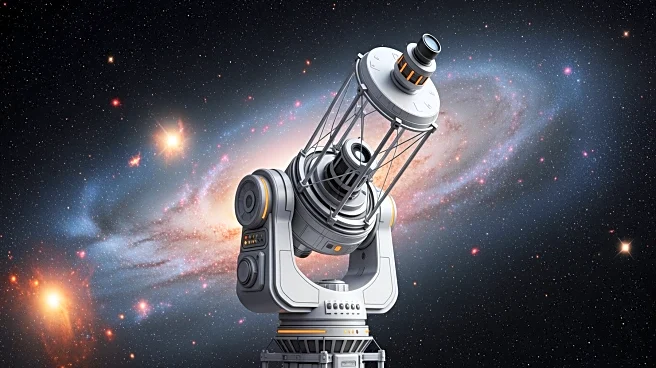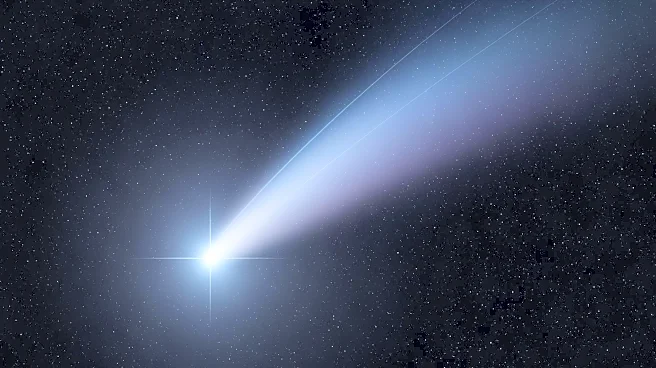What's Happening?
Astronomers have discovered that the Pleiades star cluster, traditionally known for its 'Seven Sisters,' contains around 20 times more stars than previously thought. Using data from NASA's TESS and ESA's Gaia, researchers from UNC-Chapel Hill identified
new stellar members by measuring the rotation speeds of known stars. This method allows scientists to trace familial associations between stars that have drifted apart, revealing that many star clusters are part of larger stellar families. The discovery challenges previous perceptions of the Pleiades and suggests a more complex structure within the cluster.
Why It's Important?
This discovery has significant implications for the study of young star systems and the understanding of stellar evolution. By identifying hidden relationships between stars, astronomers can better comprehend the formation and development of star clusters. The findings may also influence cultural perspectives, as the Pleiades have been historically significant in various cultures. Additionally, the research opens new avenues for exploring the architecture of our galaxy, potentially aiding in the identification of the solar system's origins and the Milky Way's formation.
What's Next?
The research team plans to continue using rotation speed measurements to uncover more hidden stellar relationships. This approach could lead to the discovery of other large stellar families and provide insights into the dynamics of star clusters. Further studies may focus on tracing the origins of the solar system and understanding the broader structure of the Milky Way. The findings could also inspire new cultural interpretations of the Pleiades and other star clusters.
Beyond the Headlines
The study highlights the importance of innovative methods in astronomy, such as using rotation speeds to map star clusters. This approach challenges traditional methods and offers a new perspective on the interconnectedness of stars. The research also underscores the cultural significance of the Pleiades, prompting a reevaluation of historical narratives and their impact on modern astronomy.
